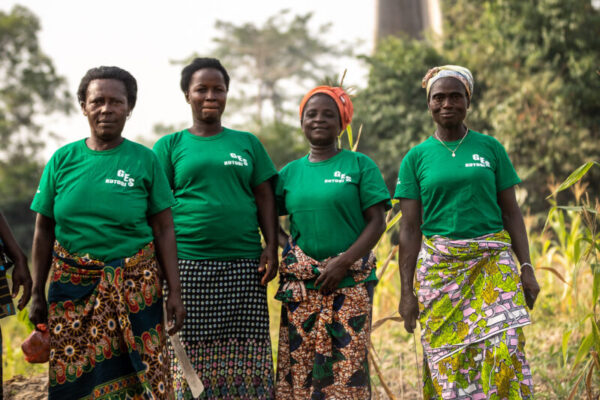Ivory Coast cocoa crop issues place sector sustainability in a renewed spotlight

Image: Fairtrade
Without a stable supply of cocoa, then a large portion of our global chocolate industry would be in serious trouble in terms of meeting the continuing high levels of demand around the globe for the latest in confectionery treats.
So when news broke over the past few days of major concerns at Ivory Coast ports over a perceived lack of crops making their way towards their traditional European and wider international destinations, it’s no surprise that this became an agenda-setting piece of news.
According to local reports, cocoa businesses spoke out on a situation where they had been unable to export cocoa for a considerable period so far this year, owing to a number of factors, namely pressure on cocoa growing communities amid difficult conditions.
As Confectionery Production has reported, the region has faced considerable ongoing challenges in the wake of the pandemic, which impacted West Africa significantly, with the cost of living crisis being felt particularly hard for many working on barely subsistence wages.
In terms of the immediate problem, the Conseil du Cafe-Cacao has moved to offer market reassurance after reportedly meeting with GEPEX, representing global exporters, along with domestic trader lobby group GNI and cocoa co-operatives. While the council has acknowledged their have been reports of key concerns on the state of the industry, it said that it anticipated that it is unlikely there will in fact be any exporter contract defaults, as has been widely feared in the past week due to the perceived scarcity of supplies.
The clearly delicate situation serves further to highlight just how fragile the major cocoa economies in the region are at present – with farmers in many instances earning below UN-defined levels, it’s hard to envisage quite how long this model can possibly be sustained. Thankfully, schemes put forward by the likes of Fairtrade (pictured main image), are continuing to have a positive impact on the region, as well as manufacturers own initiatives, it’s the scaling up on a grand level that is needed.
As industry observers have commented in the past few weeks surrounding the annual results of major confectionery companies, there’s a sense that even more funding from them, in combination with support from governments and wider civil organisations is going to be vital for the industry’s future. The scale of the problems remains vast, but unless they are tackled head on with additional multi-agency direct financial aid, as well as additional community support packages, including education and farmer training, the viability of the industry in the long-term on its present model remains under severe pressure.
Neill Barston, editor, Confectionery Production
- Keep in touch at [email protected] or via social media: @confectionprod



